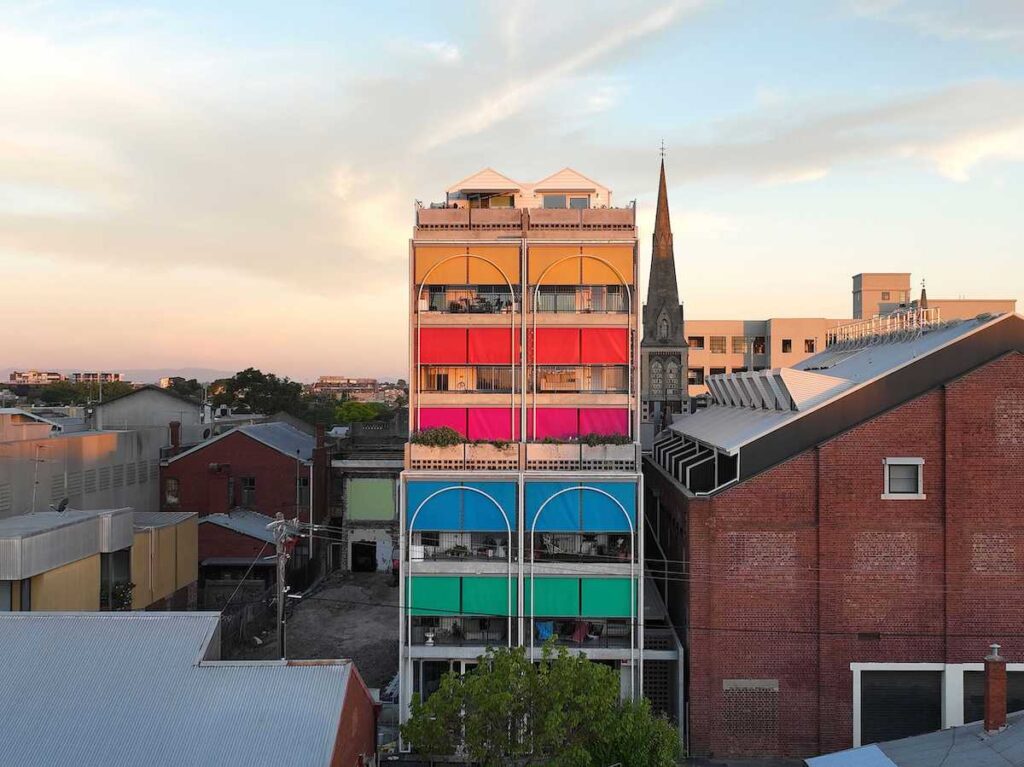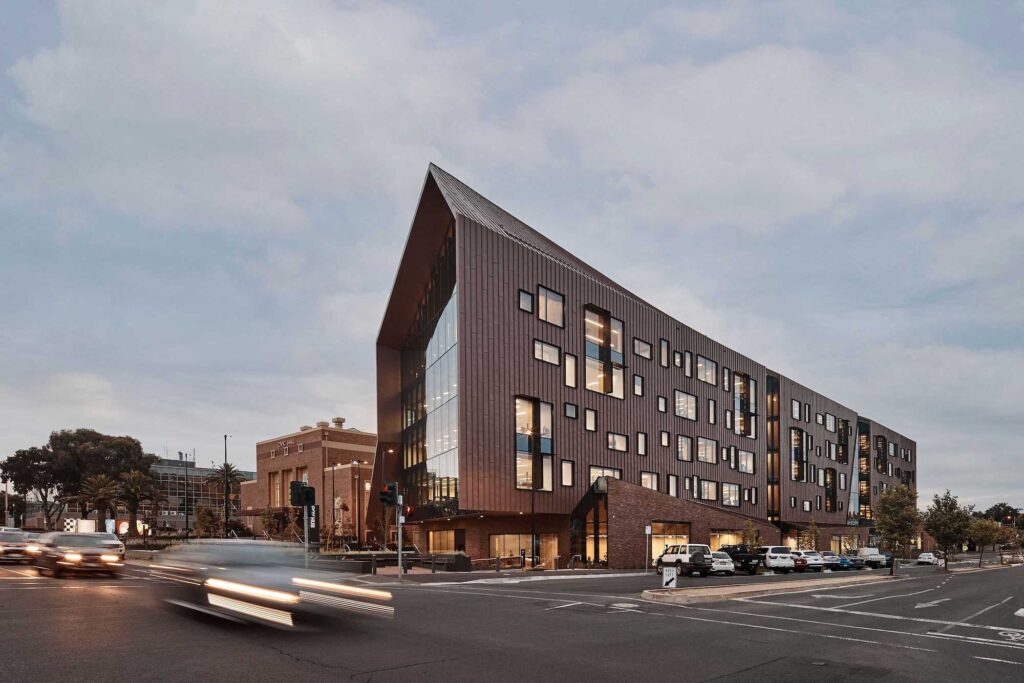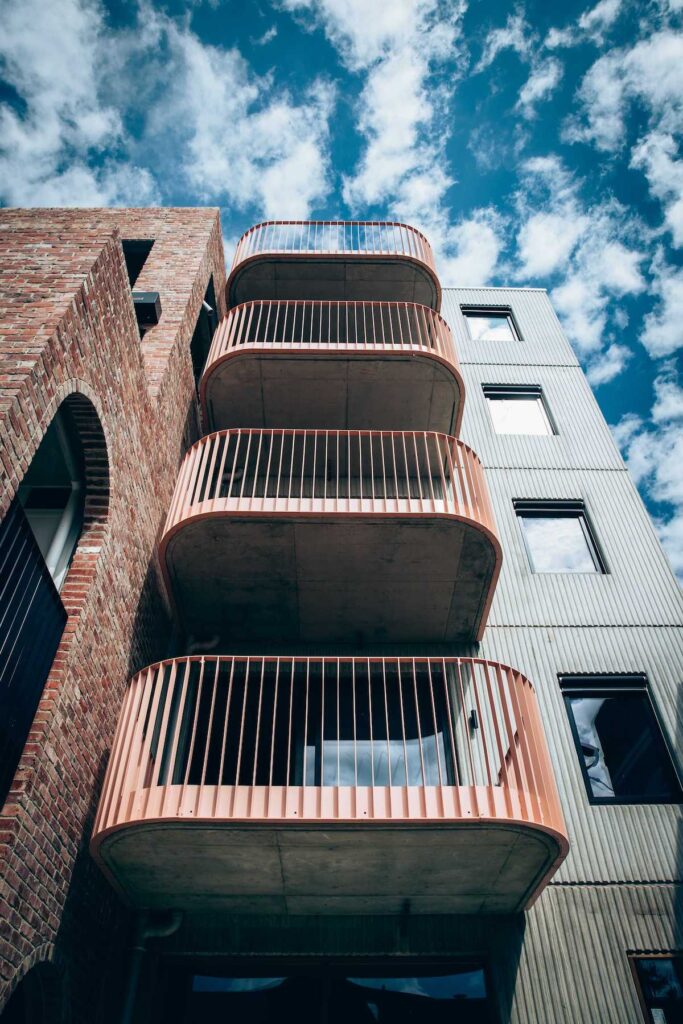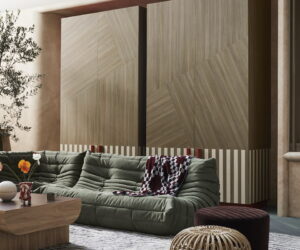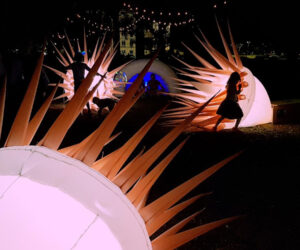Victorian Architecture Awards Shortlist Revealed
The Victorian Architecture Awards shortlist has been revealed with one of the largest number of projects ever selected by the Awards Jury, illustrating the incredible strength of this year’s field of entries.
Run by the Victorian Chapter of the Australian Institute of Architects, the awards celebrate the significant and unique contributions architecture provides across Melbourne and regional Victoria, that shape the places where we live, work and play.
Following a rigorous entry and presentation process, a total of 125 projects – just under half of submissions accepted for consideration – have been shortlisted to progress for further assessment by an in-person site visit by the jury for consideration for a coveted architectural award.
The impressive number of projects shortlisted for consideration in the 2022 Victorian Architecture Awards clearly demonstrates the strength of the architectural profession in this state, says Victorian Chapter President Bill Krotiris FRAIA.
“Despite building reform challenges the design and building industry has faced in recent years, we’re very pleased to witness and experience the ongoing significant and positive contributions architects are providing in shaping our built landscape for all Victorians,” says Krotiris.
“The diversity of the shortlist clearly illustrates the broad reach architecture has across urban, suburban, and rural contexts.
“Projects range from strategic large scale urban renewal works with carefully considered conservation works, through to new sustainable multi-residential models in our inner urban and ring suburbs and regions, through to innovative individual residential and interior interventions.”
In this year’s Victorian Architecture Awards, 252 submissions were accepted for consideration across fourteen categories. Each of the entrants formally presented their work to an expert jury for each respective category in order to be selected for the shortlist.
Victorian State Manager, Tim Leslie FRAIA, says the juries are looking forward to visiting the sites to learn more about each building and how it complements their corresponding site and surrounds.
“Selecting such a high number of shortlisted entries adds significantly to the jury’s assessment workload, illustrating just how competitive the juries found this year’s field of entries,” says Leslie.
While many design award programs are only image-based, the site visit is a key component of the assessment for the Victorian Architecture Awards, allowing for a more holistic and rigorous determination of all elements of the design response.
“With architecture, the true assessment of its value is through seeing how it sits within its context, its understanding of place and the successful relationship of its uses and functionality – the considered integration of building services, structure and the sculpting of space,” says Leslie.
“This also includes the admission of light and breeze, the crafting of materials and finishes, the project’s contribution to future sustainability and its ability to transform the mundane and pragmatic into an experience of greater significance for both the user and for our broader society.”
This year’s shortlist sees an emerging emphasis on urban revitalisation as well as the creative adaptation and conservation of heritage buildings. It includes a range of unique public buildings such as the Victorian Pride Centre, the Puffing Billy Lakeside Visitor Centre, and Centrepiece – the latest addition to Melbourne Park sporting complex.
Important adaptive reuse and rebuild projects are strongly represented, including Collingwood Yards, La Mama, and the Jewell Station precinct, underscoring the importance of retaining and reusing Melbourne’s existing rich built heritage.
One of the shortlist’s many significant Melbourne CBD revitalisation projects is the reinvigoration of the Wesley Church precinct. The strategic incorporation of a 35-level tower respects the rich heritage fabric and contributes to the public realm with the re-establishment of one of the only four green spaces within the Hoddle Grid.
The shortlist also captures the architectural response to issues of housing equity, access, and special needs – setting a standard for innovative emerging and expanding models of housing development and ownership emphasize community and connection.
Showing the significant change that is occurring in multi-residential housing across both the inner city and the regions, Nightingale Ballarat and Terrace House in Brunswick are two exemplary projects offering highly sustainable fossil-fuel-free housing solutions that face the challenges of urban sprawl and climate change.
Fifteen projects were entered into the exciting new Emerging Architects and Graduate Network (EmAGN) Project Award category, which celebrates the contribution of emerging architects and recognises their leadership, collaboration and application of expertise and quality of architecture.
Clearly illustrating the incredible depth of skill in our next generation of architects, emerging architect Alex Lake and the Therefore team have been shortlisted in the Institute’s awards program for the first time, with their design for Richmond House. Shortlisted in both the Residential New category and the EmAGN Project categories, the sensitive restoration of an original 1888 structure into a considered individual home highlights the immense value architects add when embedded in a project.
All shortlisted projects have been selected by independent juries. Winners are to be announced at an awards ceremony on Friday 17 June, with the event streamed live here and is free of charge to the public. Winners of each category for each state and territory will then be eligible for recognition in the National Architecture Awards program, Australia’s highest honours for architecture.
